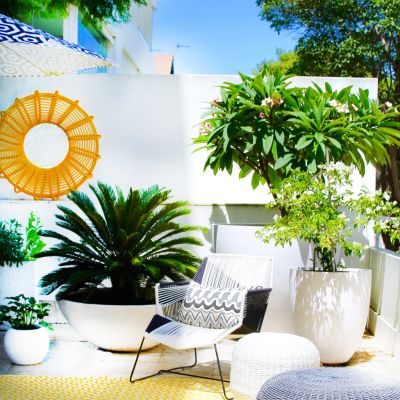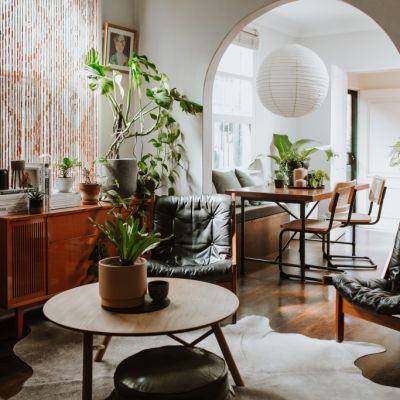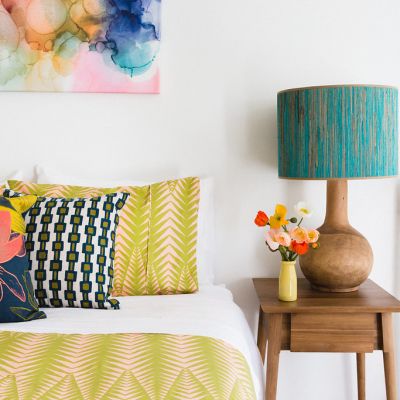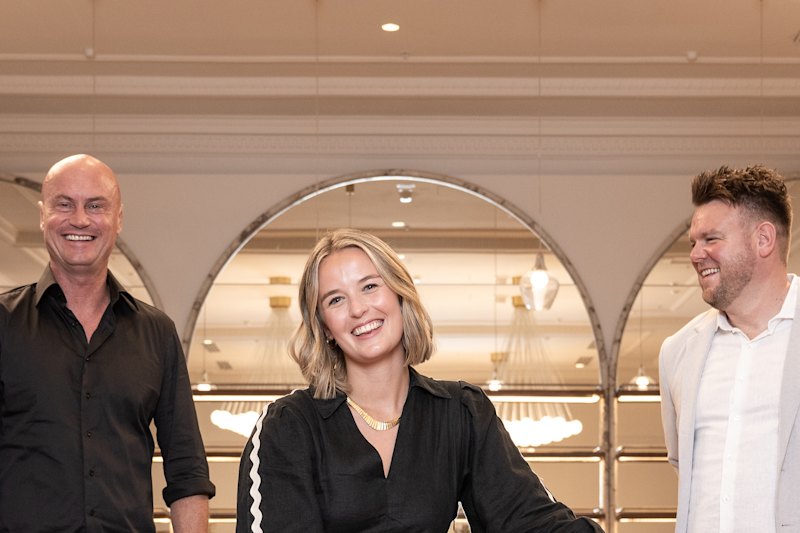Think outside the box: The latest interior design trend is here to soften your style
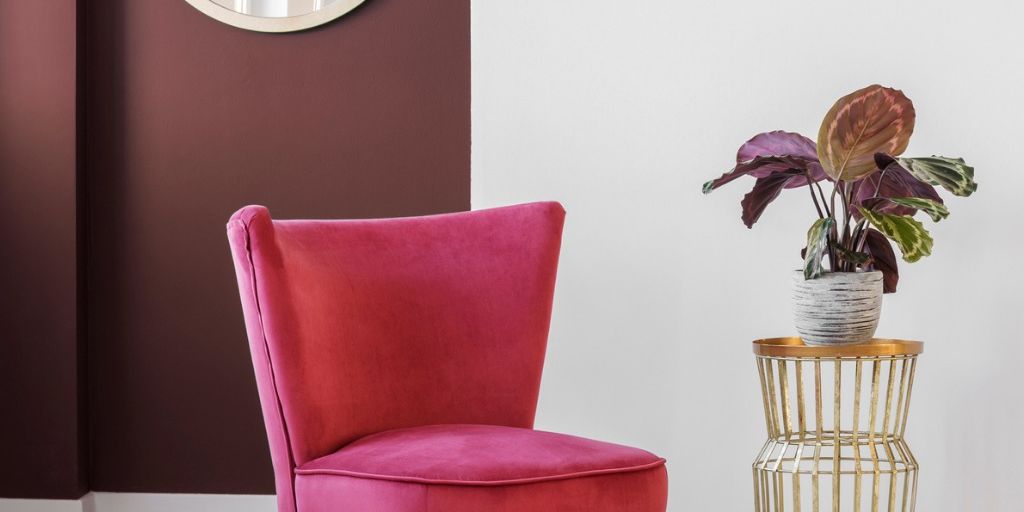
It’s not always hip to be square, at least according to today’s decor trend landscape where circles and curves are rising like a full moon.
Circular motifs and shapes have emerged as a strong interior trend – on mirrors, light fittings, rugs, vases and ornaments. Organic and soothing, curves provide softness and balance, lending a human quality to interiors, like a cuddle. Curves are just, well, friendly.
“While straight lines are structured and orderly, spaces need to be balanced with curves to create harmony,” says Debbie Omond of Compose Interiors. “Curves in interiors are gentle and delicate. Their shape and flexibility plays on our emotions, according to neuroscientists, and they provide some relief from the home’s solid, physical structure,” she says.
“Curves are an excellent option when needing to connect or associate elements in a space. For example, a round coffee table connecting a conversation area on a rug with a sofa and two chairs will always feel more relaxed than a rectangular table in the same space.”
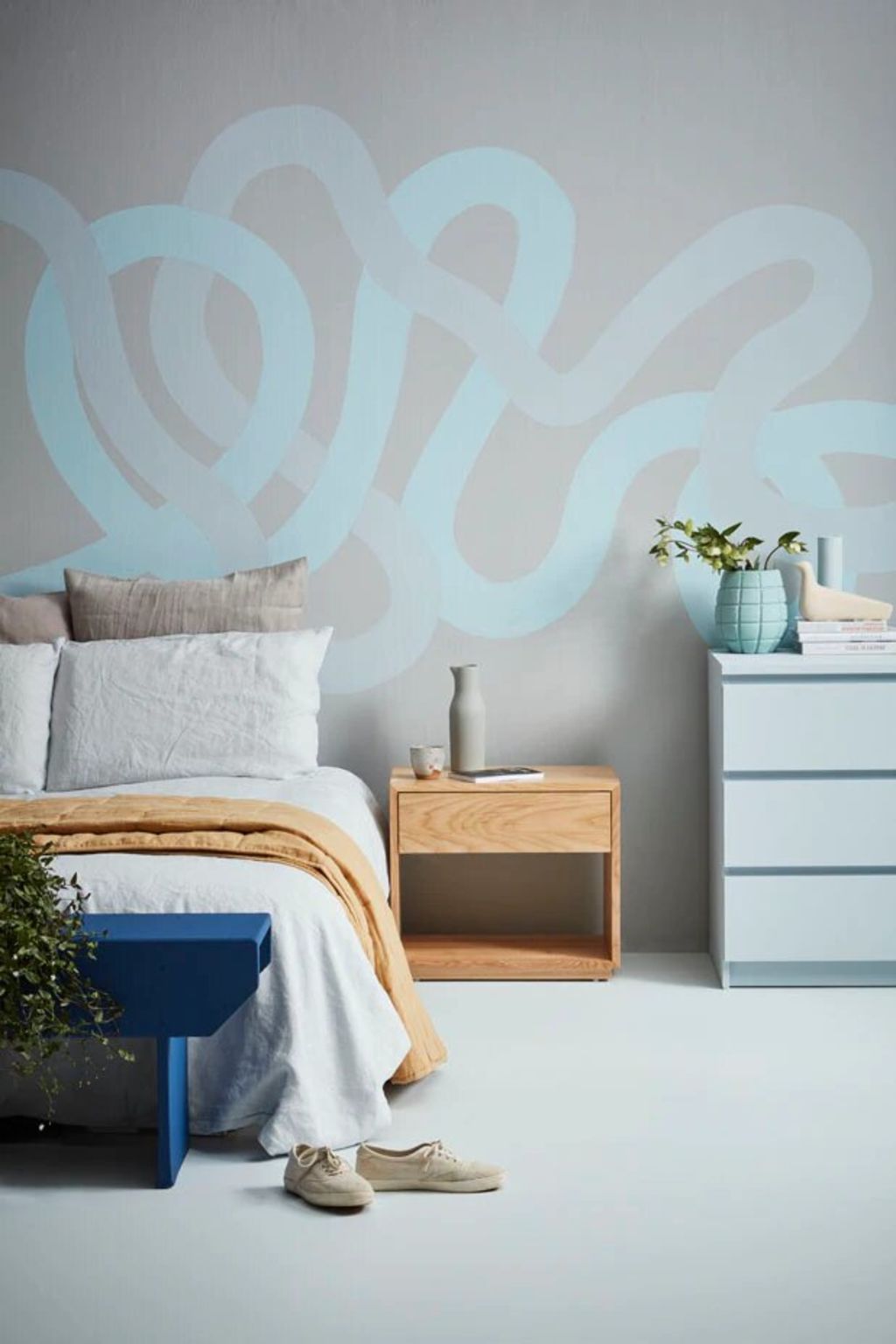
Omond suggests that a reason for the rising popularity of Art Deco and Mid-century style in today’s interiors has much to do with their typically strong curves.
Emma Gould of White Interiors says curves might be popular because they offset the jagged and uneven terrain around us.
“We tend to contrast this with more smooth and even features when furnishing our homes. The warm and safe space that circular features evoke may be what we subconsciously crave after a hectic day. Our eyes are then not confronted with harsh lines and sharp corners but can instead glide around the surroundings,” says Gould.
Interior designer Sonya Cotter believes a trend for “furniture islands” contributes to the rise of rounded furniture. Sofas and chairs no longer cling to the edges of a room, but sit out in the middle, often providing 360-degree seating that allows for different interactions and connections.
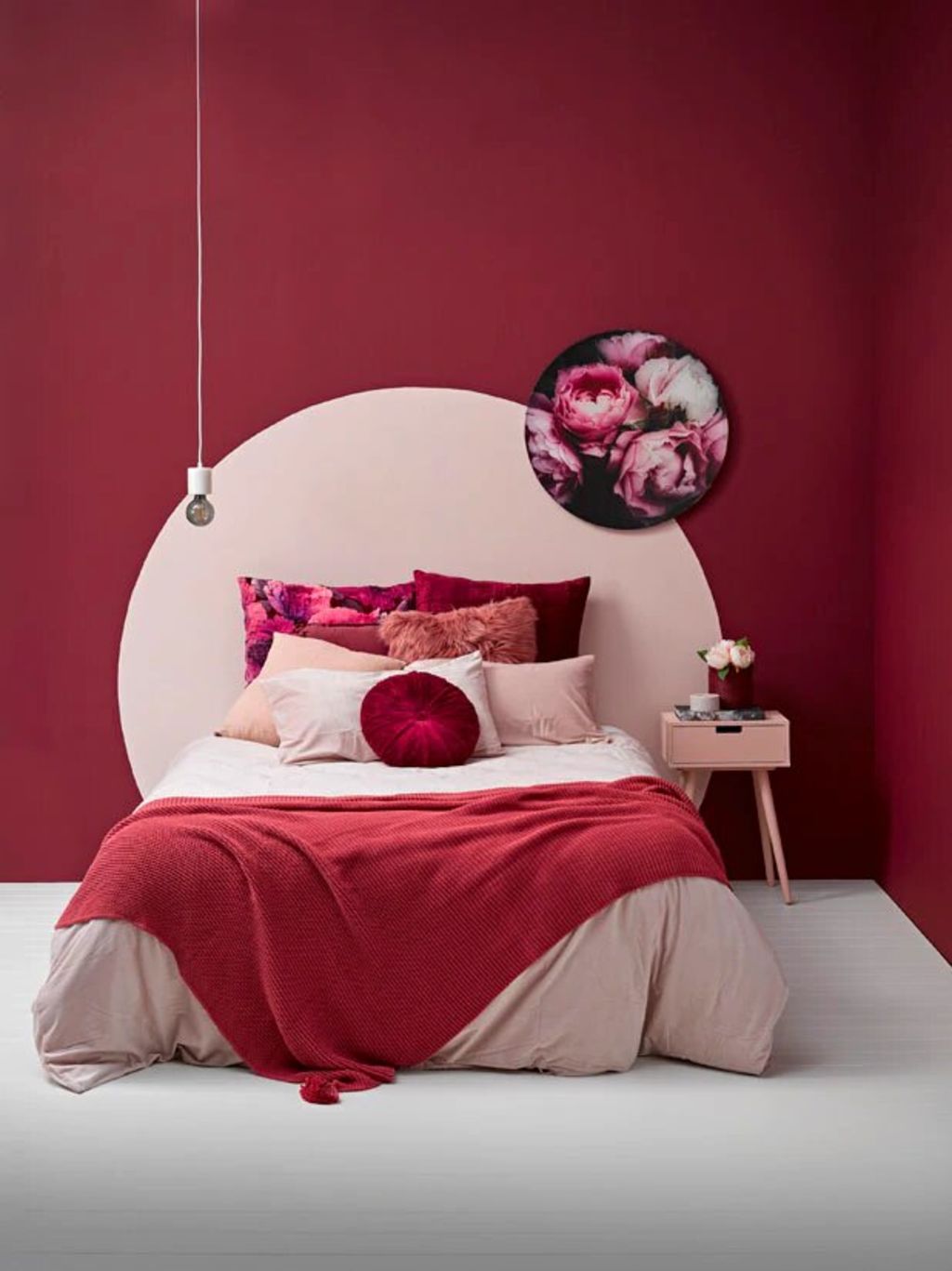
“Furniture can be moved and should work wherever it lands. The monolithic coffee table has gone. Now, we have a layering of side tables.” Cotter says curved sofas are especially in vogue as they aid circulation through living spaces.
And on a practical level, if you are skirting around pieces of furniture with sharp edges, you’re at risk of ended up with bruised legs. Curves are much more forgiving.
Curves have a tactile quality that squares just don’t – they invite you to run your hand along them, much like the flank of a horse. It feels natural to cradle a rounded cup, or curl an arm along the edge of a tub chair. Snuggling up to a box just doesn’t evoke the same feelings.
Filling an entire room full of curves may make you feel a bit woozy, so use straight edges to contrast with the curves. Vary the scale and style (think ovals, crescents, rings, cylinders, arches) for interest.
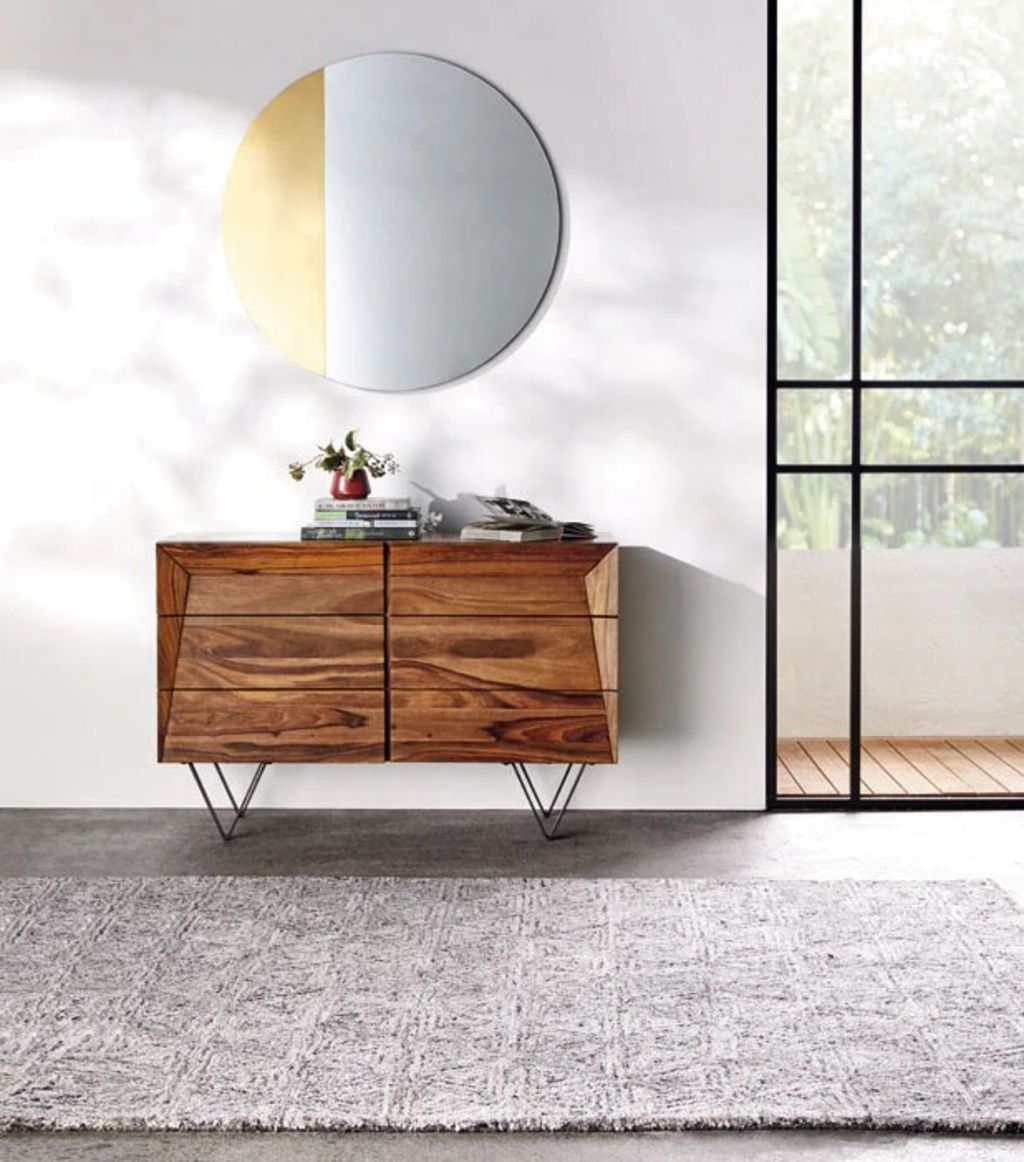
Organic shapes take the trend one step further, and asymmetric and playful shapes can make an object or ornament look handmade and more natural.
Use rounded platters or trays layered up on a table, a cluster of odd-numbered, urn-shaped vessels on the coffee table, a group of round pillar candles or a nest of round side tables.
Round dining tables are a bit of a contradiction. They actually take up more space than a similarly-sized square one, but because you can manoeuvre around them more easily, they fit more neatly into smaller spaces. Round tables are also very sociable – everyone can see and hear each other and shared dishes are easier to reach.
So think outside the box and try that circular mirror, comfy-looking pouf or designer-looking round light pendant.
– This originally appeared on Stuff
We thought you might like
States
Capital Cities
Capital Cities - Rentals
Popular Areas
Allhomes
More
